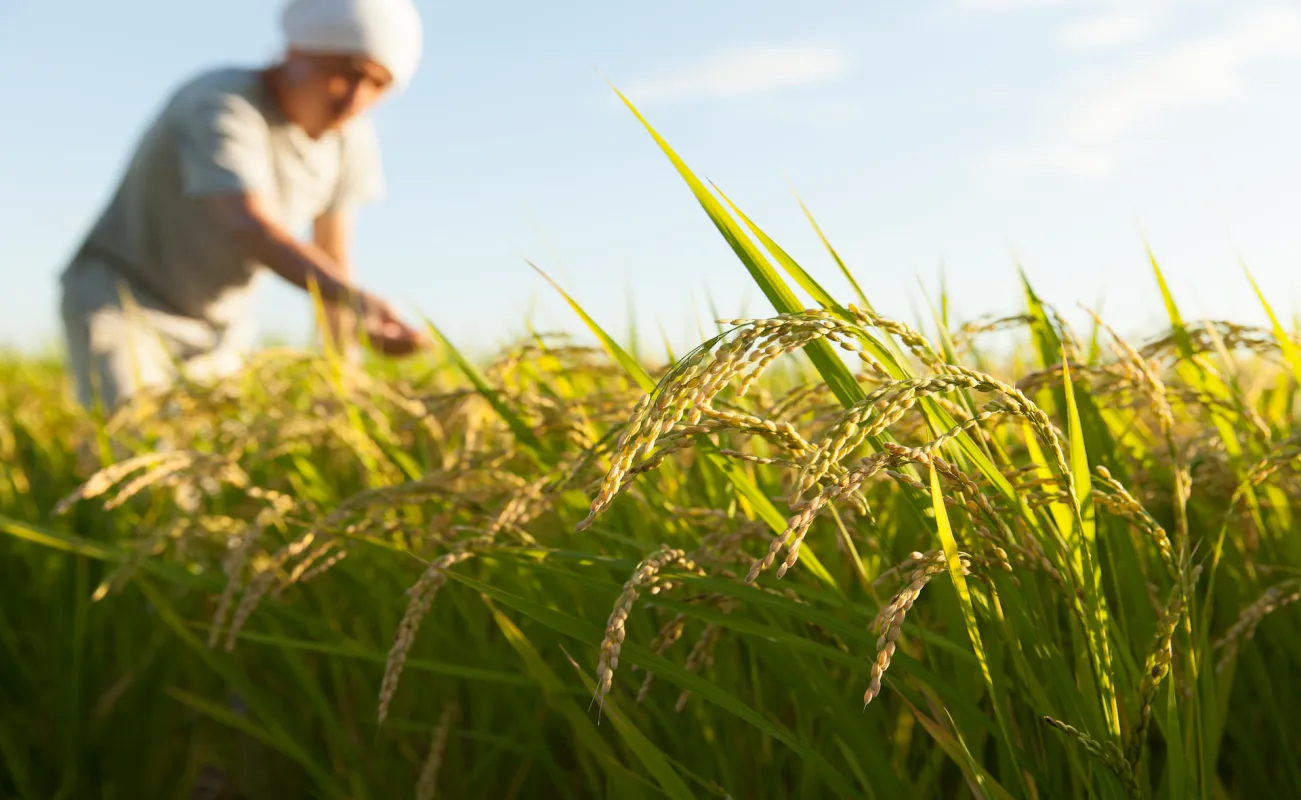Tags
Quantum Model Boosts Rice Yield Forecasts
In an article recently published in the journal Computers, researchers proposed a hybrid quantum-classical machine learning (ML) model for rice yield forecasting with higher accuracy.

Importance of Rice Yield Forecasting
Rice, a fundamental staple, contributes over 21% to humans’ caloric intake around the world. It is critical to ensure food security and promote community well-being. Thus, forecasting rice production is important for supporting strategic decision-making and planning in the agricultural sector.
Different factors that affect the production of rice, including climate change, pesticide use, temperature, and rainfall, are the key features in the forecasting method. The reliability and accuracy of the forecasting model can be enhanced by integrating these diverse datasets.
However, several developing countries typically have limitations with dataset features owing to a lack of advanced agricultural technology adoption. These limitations necessitate novel methods in feature processing for generating reliable predictions.
Role of Hybrid Approaches
In recent agricultural technology advancements, deep learning and quantum mechanics integration have displayed promising potential to transform rice yield forecasting approaches. Several studies have proposed combining classical-quantum hybrid methods in different fields, including forecasting.
Other studies also utilized hybrid methods with quantum applications for feature selection and optimization, feature extraction, and feature selection. Quantum algorithms create new features capturing relevant patterns or identify the most important features within a dataset.
These features are fine-tuned in quantum feature optimization to enhance model performance. Thus, the hybrid approach influences prediction accuracy positively, specifically for reading features with intricate patterns.
The Study
In this study, researchers introduced a hybrid quantum-classical ML model for rice yield forecasting. The model aimed to significantly improve prediction accuracy by synthesizing classical ML techniques and quantum feature processing.
Specifically, they developed a novel hybrid quantum deep learning model that leveraged quantum computing’s complex processing capabilities combined with the robust pattern recognition ability of deep learning algorithms, including bidirectional long short-term memory (Bi-LSTM) and extreme gradient boosting (XGBoost).
Bi-LSTM networks and quantum circuits were utilized for temporal feature extraction and quantum feature processing, respectively. Quantum circuits leveraged quantum entanglement and superposition to improve data representation by capturing complex feature interactions. These enriched quantum features were combined with the Bi-LSTM-extracted temporal features and then fed into an XGBoost regressor.
Bi-LSTM-extracted features were combined with quantum computing technology to enrich the overall feature information, while XGBoost was used as a regressor algorithm to enhance prediction accuracy. In the hybrid model, the combination of both XGBoost and Bi-LSTM was required to leverage the strengths of both ensemble and deep learning methods.
Researchers utilized a compilation of World Bank and Food and Agriculture Organization (FAO) datasets for this work. The relevant features used from the dataset, which contained 3,270 records from 67 countries, were average temperature, pesticides, average rainfall (mm per year), production value/crop yield, year, and area/country.
The proposed model was trained and then its performance was evaluated on test data based on three metrics, including mean square error (MSE), the coefficient of determination (R²), and mean average error (MAE).
Research Findings and Significance
Results showed that the proposed model could predict the expected results and perform sophisticated work. The results were relatively stable, as indicated by the very low MAE and MSE figures in every validation fold. Additionally, a very high R² value, approaching 1, was obtained, which implied that the model could effectively make essential decisions in global agricultural management and planning.
For instance, the MSE, R², and MAE values obtained in this work were 1.191621 × 10⁻⁵, 0.999929482, and 0.001392724, respectively. Thus, the model could generate expected predictions and not be far from reality. The results also displayed that the data representation quality was indeed improved, and hidden patterns were revealed due to the use of quantum features.
Improvement in data representation quality significantly enriched the available information for prediction. Moreover, the combination of Bi-LSTM-extracted features with quantum computing resulted in substantial improvements in all evaluation metrics (MSE, R², and MAE), displaying this combination’s effectiveness in rice yield prediction.
However, several limitations exist regarding the current state of deep learning and quantum technology. For instance, the practical quantum algorithm implementation is currently not feasible as the quantum computing hardware is still in its infancy, which necessitates the use of quantum simulators that may fail to capture the real quantum processors’ potential. Additionally, both deep learning models and quantum simulations require substantial computational resources.
In conclusion, this work demonstrated that the proposed hybrid model could be used as a sophisticated rice yield forecasting tool to support key decisions in the global agricultural sector. Additionally, the hybrid quantum deep learning model offered superior adaptability and flexibility in dealing with agricultural data variations, which is promising for real-world applications.
Journal Reference
Setiadi, D. R., Susanto, A., Nugroho, K., Muslikh, A. R., Ojugo, A. A., Gan, H. (2024). Rice Yield Forecasting Using Hybrid Quantum Deep Learning Model. Computers, 13(8), 191. DOI: 10.3390/computers13080191, https://www.mdpi.com/2073-431X/13/8/191
https://www.azoquantum.com/News.aspx?newsID=10431Published Date: August 15, 2024






